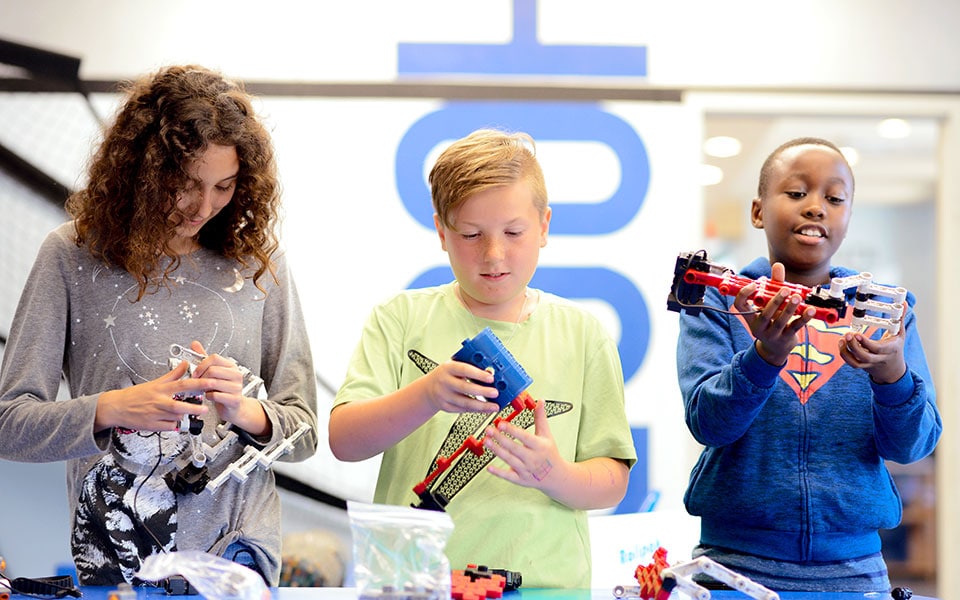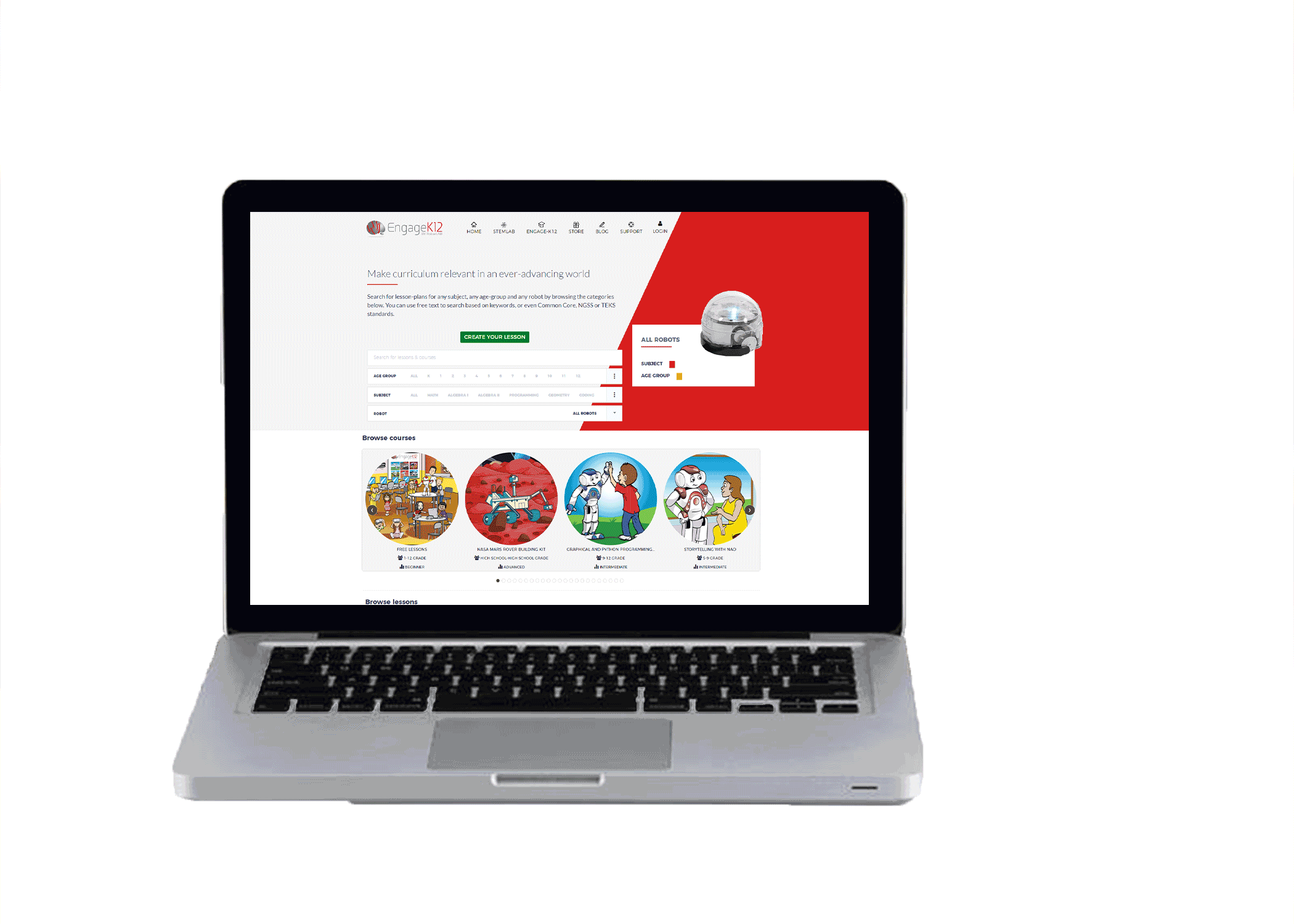It's easy to see the coronavirus pandemic solely as a devastating event. There's no denying the hardships caused, but silver linings exist, too. For example, STEM learning is now more diverse and full of real-world activities.
Science, technology, engineering and math students have plenty of evidence of why these subjects matter and can even use their skills to positively influence the pandemic's effects. Here are five examples:

1. Giving Opportunities to Analyze Coronavirus Data for Health Authorities
Many chances to apply knowledge involve hands-on STEM experience. Through these activities, students see that their learning has powerful impacts on others' lives.
In one instance, students enrolled in a Computer Information Sciences master's program at Harrisburg University assisted with health data analysis. The students built data infrastructures and algorithms to track COVID-19 trends.
Their work leads to a better understanding of how the virus behaves and spreads throughout regions, which helps medical bodies understand this evolving situation. The learners also have mentors to oversee their work.
2. Facilitating the Creation of Much-Needed Supplies
STEM students are pitching in to make essential equipment to protect people on the pandemic's front lines. For example, students at the University of California, Berkeley retained access to a campus makerspace even during a shelter-in-place order for the state.
One effort involves repurposing machines used to treat sleep apnea patients for COVID-19 interventions. The team working on that project created adapters for the devices. Estimates say that 8-10 million pieces of this sleep apnea equipment go unused in homes each year. Tweaking them for another use could meet a pressing health need.
Students in Western Carolina University's science and technology department are playing vital roles, too. They make the visors for protective face shields using 3D printers. They can create approximately 120 per week if operating the lab 24/7.
3. Bringing Lesson Plans Into Homes
Since the coronavirus closed many schools, STEM learning began occurring primarily in households. The change in educational demands overwhelmed some parents, especially if they had to work while also exposing their children to educational content.
Some brands are making it easier with dedicated STEM content hubs. Microsoft launched its DreamSpace HomeSpace initiative in the Irish market. People accessing it can get a themed STEM lesson every day of the week. Each one has a 30-minute tutorial, followed by a home challenge to help students solidify the new concepts learned.
People can also watch the content from anywhere within 24 hours of the original publication time via the company's YouTube channel. Microsoft provides a summary of each lesson, along with the recommended age group for the activity.
STEM Ecosystems built a page with educational resources too. It includes a virtual lab, plus a podcast and insights about how to facilitate STEM learning with so many people staying at home. Options like these help learners remain interested even under different educational circumstances.
4. Helping Learners Stay Engaged Through Virtual Competitions
The social interactions that students lack due to COVID-19 can make them feel in need of more peer support. Wayne State University tackled that need through a program open to high schoolers throughout Michigan. It's a competition called the STEM Challenge that encourages young people to team up with others to solve problems in their communities.
Participants contribute virtually during the six weeks of the contest. Teams interact via an online platform that lets them collaborate and plan. Students also get a "lab drawer" box to help them complete mini-challenges coinciding with weekly prompts from the contest organizers. It's free to register, and the top-finishing teams earn scholarships ranging from $1,750 to $2,500.
5. Providing Motivation With Online Summer Camps
The coronavirus crisis made activities ranging from yoga classes to church services happen online. An organization called STEM Santa Fe will apply that arrangement to summer camps scheduled through June and July. The campers meet on Zoom but will still get hands-on STEM experience because their parents can pick up materials by appointment before the camp starts.
Interested people can choose camps based on various subjects. There's a coding camp focused on app development, plus an engineering project to fabricate solar sun trackers. The organizers will consider adding new options as demand dictates.
STEM Learning Remains Fun and Relevant
The coronavirus causes plenty of disruptions, and many people remain unsure when many of their beloved activities could resume with relative normalcy.
The good news is that these STEM examples show that even a global pandemic cannot stifle valuable chances to learn. Showing creativity and willingness during these strange times will help educators and learners achieve impressive results.
Keep learning with RobotLAB and CoderZ during summer!

CoderZ is an online educational environment that improves students 21st century skills, while they are having fun programming their own virtual cyber robot. CoderZ and RobotLAB has different lessons to do at home! Check them out Here
Devin Partida is an industrial tech writer and the Editor-in-Chief of ReHack.com, a digital magazine for all things technology, big data, cryptocurrency and more. To read more from Devin, please check out the site.

